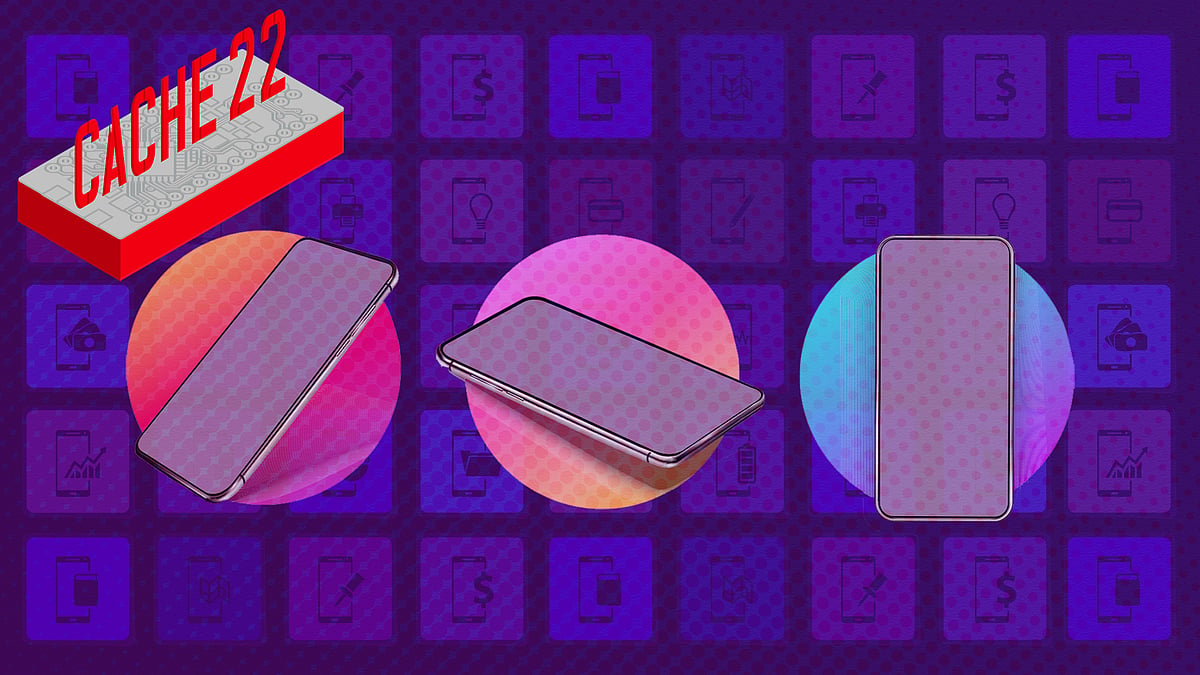The scourge of unfixable gadgets: Why Apple wants you to spill coffee on your Macbook
It’s a familiar, sad story that companies will keep making devices difficult to fix. Consumers must exercise whatever little choice they have.
A friend recently called me in a panic after spilling water on his Macbook Pro. In spite of trying the usual “keep it in rice” treatment, the computer has sadly not come back to life.
Just some days later, another friend told me about her Macbook Air having died from a water spill. This made me think about how all the water/coffee spill stories I can recollect involve Macs. This would suggest that Mac users (I am also one) are (a) over-represented in my friends circle, or (b) extraordinarily clumsy.
But then it got me thinking, perhaps it’s something else. If you spill water on a regular PC laptop, there’s an even chance that you can get it fixed without bankrupting yourself, whereas with a Mac, it is a life-altering, tell-your-friends level event that can cause a substantial hit to your finances. I’ve heard quotes of Rs 50,000 or even more to fix water-damaged Macs, at which price you might as well consider buying another laptop altogether.
This is symptomatic of a problem that is increasingly widespread, not just among Macs, but among consumer devices in general, but especially portable consumer devices: They are increasingly difficult and/or expensive to repair.
This has two implications.
Firstly, that any failure or damage will require you to go to an authorised service centre and pay whatever exorbitant amount they quote to repair the device. Secondly, you will never have the option to upgrade any elements of the device yourself, thereby hastening its obsolescence, and compelling you to buy a new product at great expense, sooner than you would otherwise.
Some of you may remember the good old Nokia phones of the 2000s, that would fall from a great height and split open into its various component pieces — plastic back, front plate, keypad, battery — all scattering in many directions. And all easy to put back together again and get working again. You may also remember Blackberries and the Samsung smartphones of the early 2010s, where you could open the back cover, take out the battery, and swap in another one quite easily.
You would be forgiven for assuming that the disappearance of these aspects is somehow an inevitable consequence of “progress”. But that is simply not the case. Electronics manufacturers have consciously chosen to take every step that they can to render their devices un-repairable, so that they can maximise their revenues from extended warranties, after-sales support, and from quicker obsolescence.
Needless to say, Apple is one of the pioneers of it. When the first Macbook Air was introduced in 2008, apart from its unprecedented slimness, one of the notable aspects was that it featured a battery, storage and memory that were not user-replaceable. This approach was then brought over to the Macbook Pro line in 2012.
Computerworld wrote a scathing piece about it, where it said:
Apple used many of the same assembly techniques as it does with the self-contained and virtually un-upgradeable MacBook Air, including proprietary screws, copious amounts of glue, expensive parts — the screen in particular — that must be completely replaced even after the smallest failure, and fused components that will likely break when a neighboring part must be removed.
At the time, it was the norm that laptops could be opened up, batteries easily replaced (often without even opening up the laptop), and RAM and storage replaced or upgraded. But these innovations — like soldered and glued components, ostensibly in service of a more compact and sleek device — put an end to these options.
Where Apple goes, inevitably, its competition follows. At the time of writing, a good number of non-Apple laptops, especially the premium ones, including Dell’s XPS line and HP’s Envy and Spectre lines, feature some (even if not all) of the anti-repair features pioneered by Apple, including soldered storage and RAM. Repair website iFixit has a ranking of laptops by repairability. A quick glance will show that apart from Microsoft’s 2017 Surface Laptop, the bottom half of the ranking is locked out by Apple laptops, with the more recent models all scoring a 1/10 for repairability.
The benefit for a company like Apple is manyfold. Firstly, you are compelled to pay up for the Apple extended warranty, which can cost upwards of Rs 20,000 for a laptop that costs Rs 92,000 (other companies sell extended warranties for roughly one-tenth that price). And secondly, if you spill water on your Macbook Pro, your repair bill might seriously push you to consider buying another laptop, most likely the newest Macbook Pro.
Here it is worth remembering that below the premium laptops, there are still a number of models available (including the Acer Aspire 5 and the Asus Vivobook Ultra) that offer upgradeable RAM and storage. Personally, this is a feature that I would put at the top of my list when I am shopping for a computer.
Coming to phones, the situation is even bleaker. Here again, while Apple was the pioneer of the sealed unibody design, now virtually every other manufacturer has followed suit. Almost every smartphone you can buy now needs to be taken into the shop to get fixed. In fact, unlike their laptops, Apple’s phones are right now more easy to repair, according to iFixit’s rankings, than competing devices. That said, even this ease of repair is quite relative (the highest score you’ll see is a 6/10), which means that for the vast majority of consumers, there’s no option but to take the device into a service centre.
On the plus side, partly as a result of this monolith approach, more and more phones now offer water resistance, so the need to go running to a service centre after a spill or dunk is far lower.
There is also a very minor concession offered by manufacturers like Samsung, Xiaomi and OnePlus, where they list out the component prices for each phone on their website so at least users have an idea of what they are in for. For instance, I know that if I need a new battery for my OnePlus 6, it’ll cost me Rs 1,135 plus labour charges. Even if I can’t swap out the battery myself, I can at least make an informed choice about long-term ownership costs without jumping through too many hoops. Of course, this is far from ideal, but one is left with little choice.
The moral of this familiar and sad story is that companies will continue to make devices difficult and expensive to repair, and it’s up to us as consumers to exercise whatever little choice we have to pick devices that offer a little more ease or economy in terms of repairability and upgradability, both for our own benefit and to try and nudge the industry in a more consumer-friendly direction.
Contact the author on Twitter at @vinayaravind.
 Get smart about your smartphone: A cheatsheet for what phone to buy next
Get smart about your smartphone: A cheatsheet for what phone to buy next To 5G or not to 5G: In India, it's not really a question
To 5G or not to 5G: In India, it's not really a question 